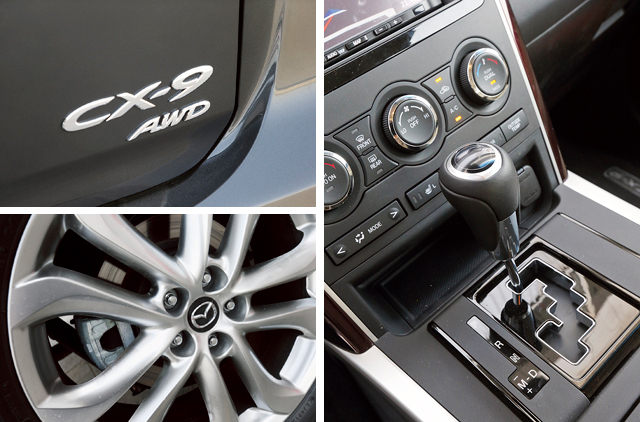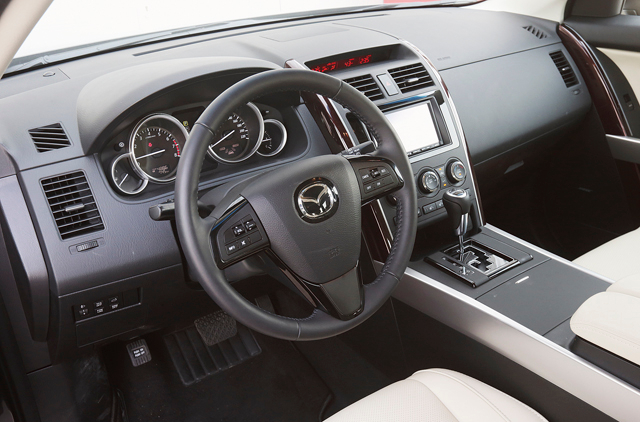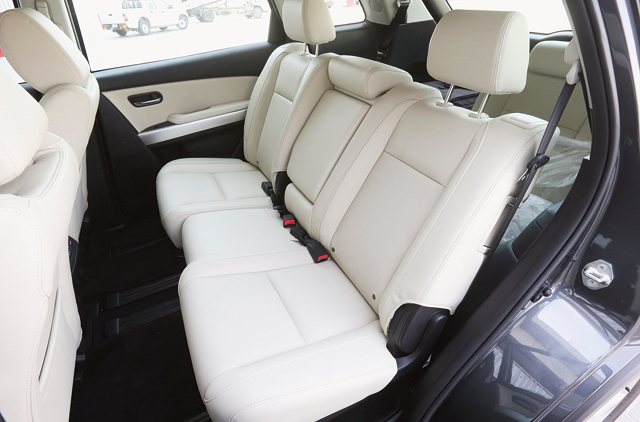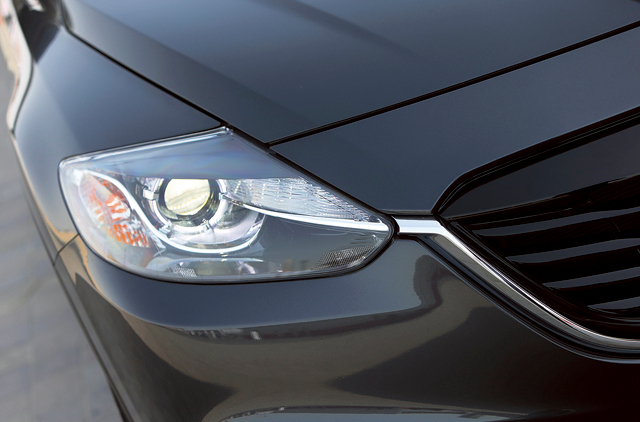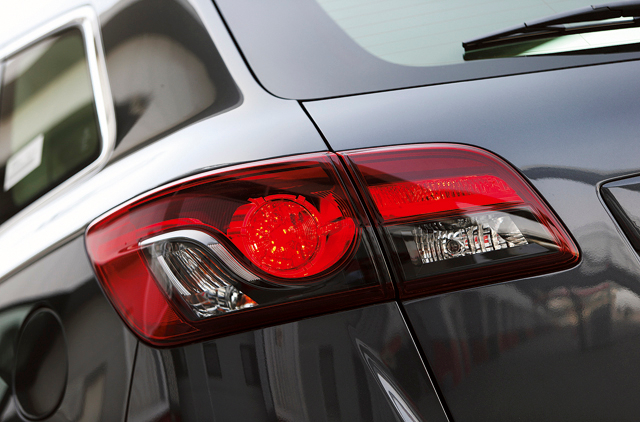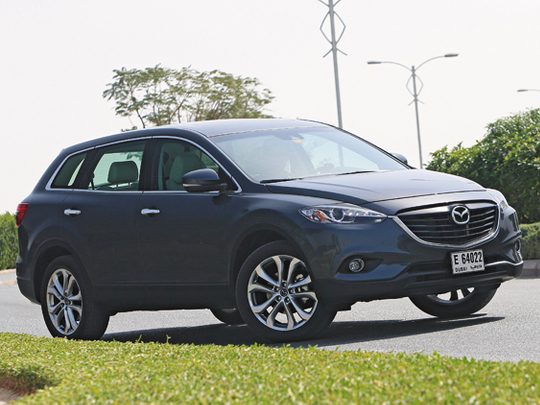
“Let’s buy it!” Over the years, I’ve brought more than 100 test cars home, but only a very few times has my wife said this. And I could see that she really meant it this time, especially after I told her the Mazda CX-9 starts at Dh114,750 (base 4X2). “It’s stylish, it’s got lots of space for us, the kids, and a couple of others. It looks like the perfect family car. Let’s get it soon.”
My efforts to quickly come up with a few negative aspects of the car were in vain, as I couldn’t really find anything worth pointing out. Then I remembered the CX-9 has not received any significant changes since its launch way back in 2007 and next year should see an all-new model. “Why buy a facelift now, when we could get a completely new model next year?” That worked.
Yes, the 2013 model year is Mazda giving the CX-9 one final revamp in the form of a revised front fascia and tweaked rear among other mild updates. The most striking difference is the radiator grille and front end, which features the ‘Kodo’ Soul of motion design theme first displayed in the Shinari concept of 2010 and already seen in the recently launched CX-5 crossover. Although the side profile pretty much carries over, the change to the front end has managed to give the ageing model sharper, sportier and more aggressive looks.
The CX-9’s cabin has always been way more stylish and elegant than that of many of its similarly priced rivals. The quality of materials used is also right up there with the best in the segment. The first two rows of seats offer ample head- and legroom even for fairly tall passengers, but the same can’t be said about the third row, which is best suited to children or really short adults. The second-row seat reclines and slides, making it easier to get in and out of the split-folding third row.
But just as is the case with most seven-seaters, cargo space is compromised if all three rows of seats are upright, and leaves just about enough space for a few grocery bags. So while you can go on trips with up to seven passengers, you’ll either need a roof-top carrier or a trailer to carry their luggage along.
The best bit though still remains the way the CX-9 drives. The 3.7-litre V6 is one of the most refined powerhouses in the class, and mated to a six-speed automatic, is good for 273bhp and 367Nm of torque. Power delivery is smooth and linear with the V6 purring along with little fuss. And thanks to its stiff frame coupled with the MacPherson strut front and independent multi-link rear suspension, the CX-9 handles in a way that belies its weight and dimensions.
It’s surprisingly agile around corners while at the same time managing to provide a smooth, comfortable ride on highways, cutting out tyre roll and wind noise significantly. The Active Torque Split AWD system sends power to the rear wheels only when needed, driving just the front wheels under normal conditions, apparently to save fuel.
But that doesn’t seem to have had much effect though, as my test car returned fuel economy figures of 13.5 litres-per-100km on average, which is not frugal by any standards. But that’s just about the only niggle in an otherwise brilliant crossover SUV, which packs a host of class-leading features such as blind spot monitoring, lane departure warning, eight-way power driver’s seat, cruise control, backup camera and even an optional power liftgate.
Safety is also given prime importance with airbag protection provided for occupants of all three rows. Then there are other safety features such as electronic traction control, dynamic stability control etc, which make it an ideal family car indeed. In fact, the 2013 Mazda CX-9 is so good as it is, it’s not worth waiting until an all-new model comes out, if it does anytime soon, that is. Oops! I’ll need to be up at the crack of dawn this Friday, to hide the mag from my wife.


